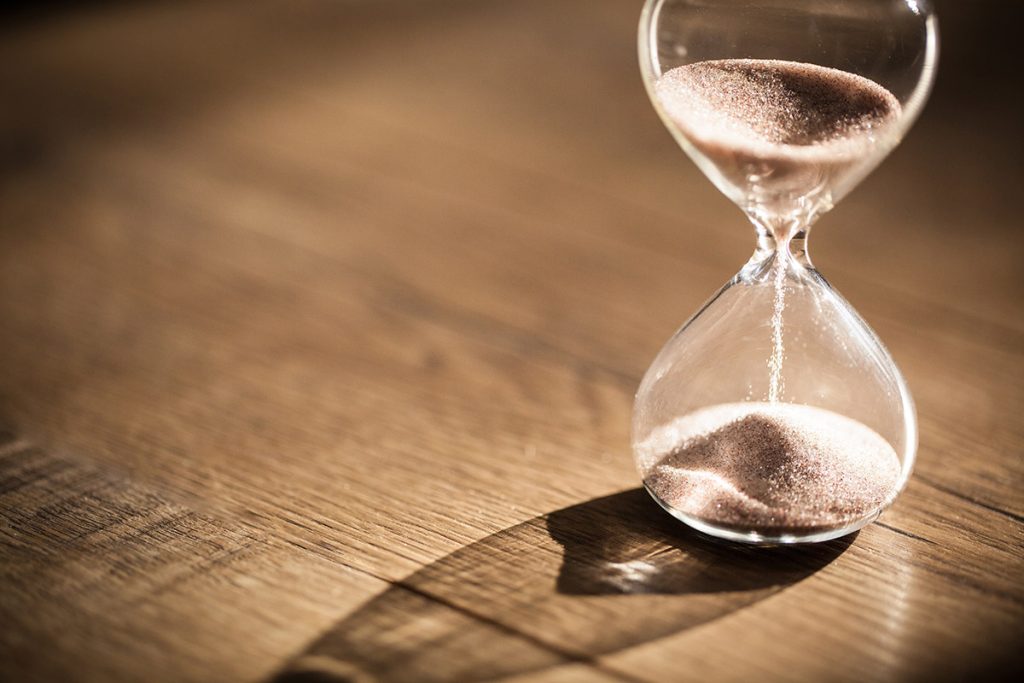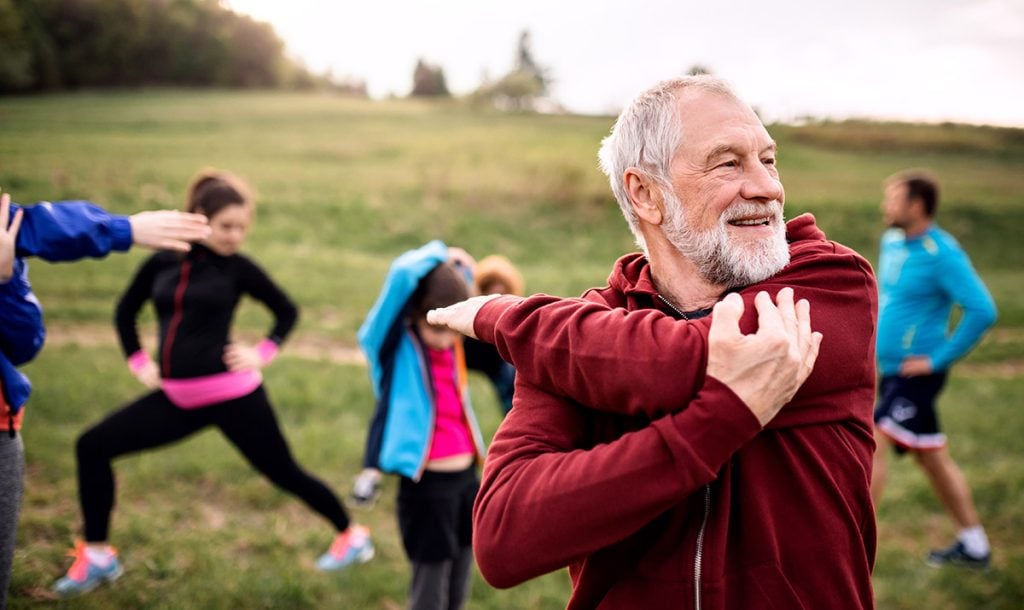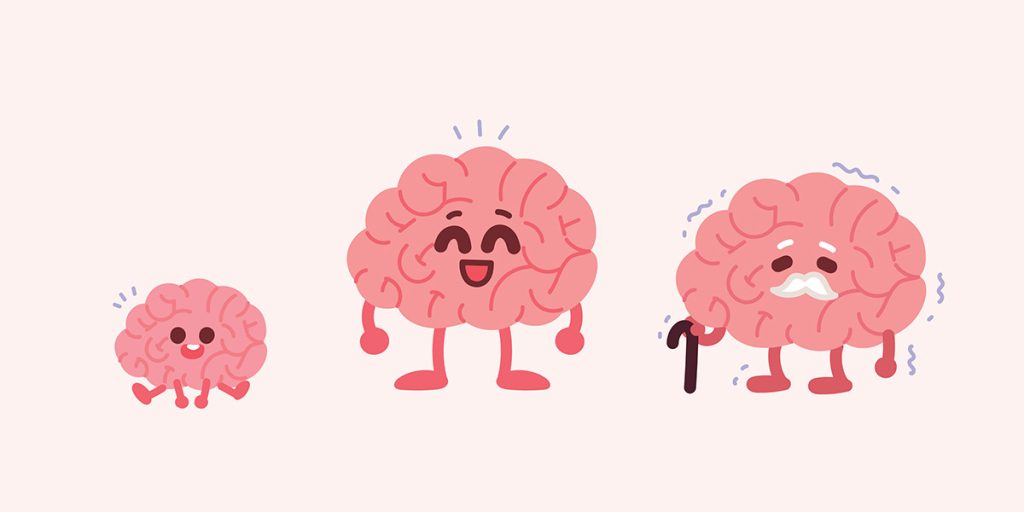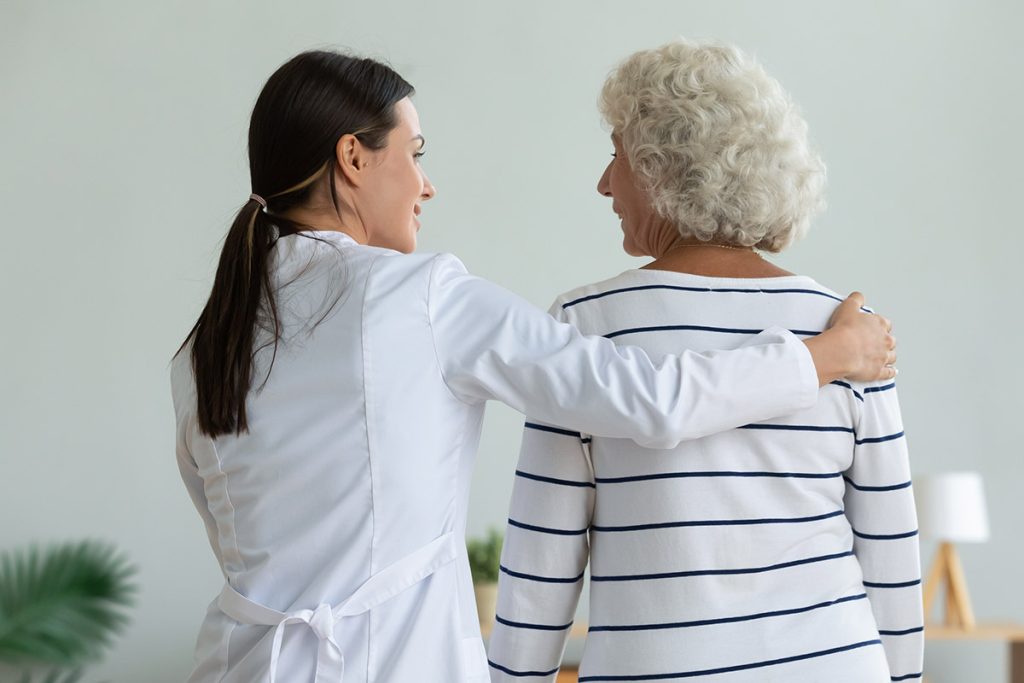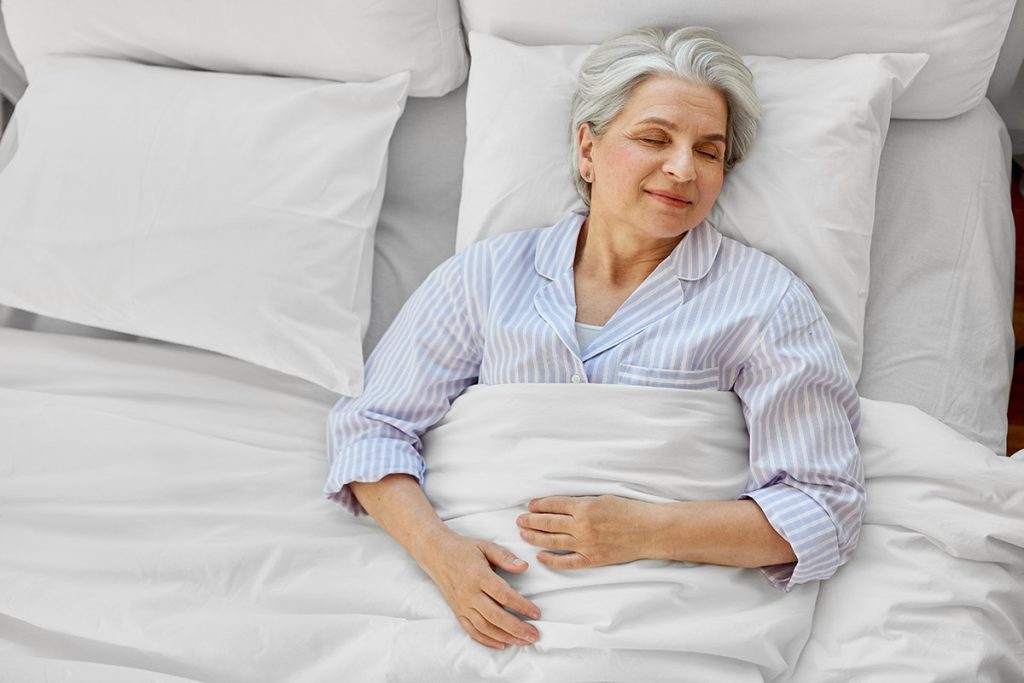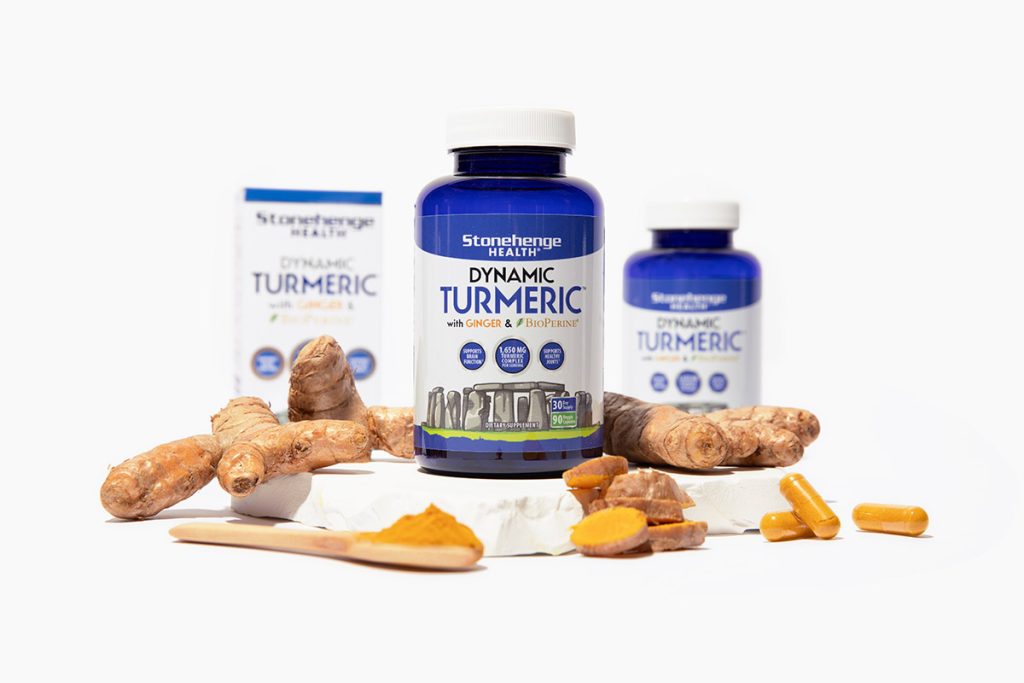
As the new year begins, we often hear about starting fresh, creating a “New Year, New You” – encouraging us to rethink our lives, set goals, and begin transformative journeys. However, despite the excitement, it’s common to struggle with keeping these resolutions. This is where author James Clear’s top-selling book Atomic Habits comes in, offering a different way to approach resolutions by highlighting the crucial role of habits in creating lasting change.
Resolutions are usually seen as specific goals, but they can be hard to stick to and often fade away as the year goes on. Clear’s Atomic Habits philosophy suggests that the real key to transformation lies in the everyday behaviors we repeat—the habits that shape who we are and, consequently, determine our outcomes.
1. The 1 % Rule
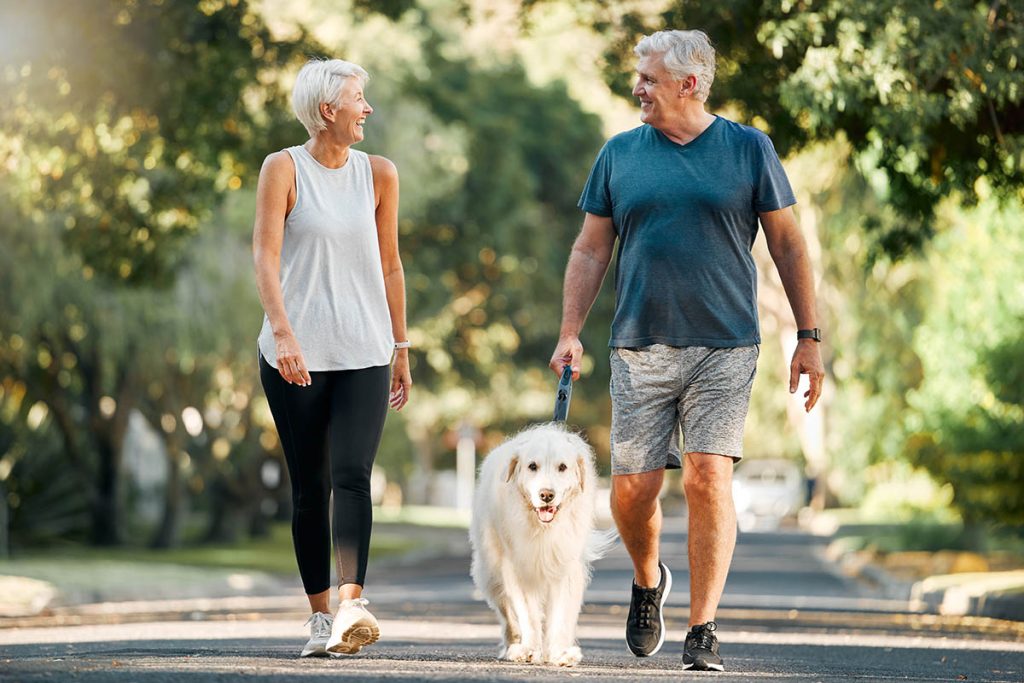
As the new year starts, we often think about making big health changes like losing a lot of weight or running a marathon. However, the “1% Better Rule” from Atomic Habits suggests a different idea. Instead of trying to make huge changes all at once, it’s better to focus on small, steady improvements—gaining a little bit better each day. This idea fits well with the spirit of New Year’s resolutions, encouraging us to see success as an ongoing process of getting better, not just reaching a far-off goal.
For example, a simple habit that can make a big difference is taking a 10-minute walk after dinner, and gradually making it longer over time. This aligns with the idea of making small changes that, when added up, lead to impressive results.
2. Self Perception
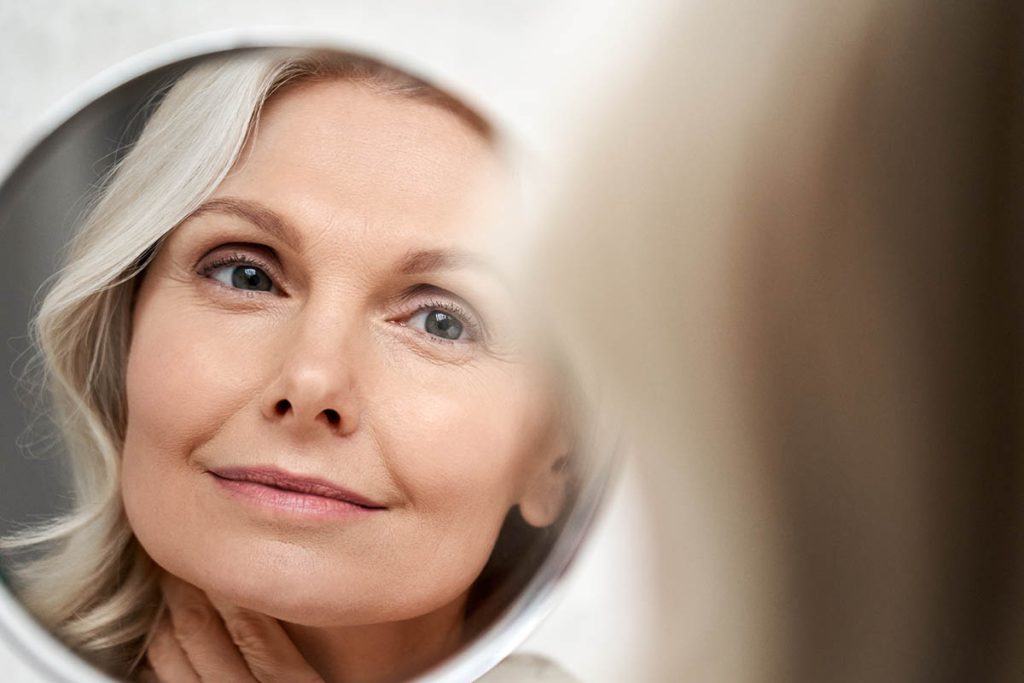
There is a profound connection between your habits and your sense of self and for lasting change, your resolutions must be anchored in a shift in how you perceive yourself. Rather than merely pursuing specific goals, aspire to embody a new identity. For instance, aspiring to become a “non-smoker” rather than solely aiming to quit smoking transforms your resolution into a commitment rooted in self-perception. By aligning your habits with the desired identity, you naturally gravitate towards healthier choices. This rule emphasizes that to foster enduring change, it’s crucial to recognize the intrinsic link between your habits and the narrative you hold about yourself.
3. Environmental Design
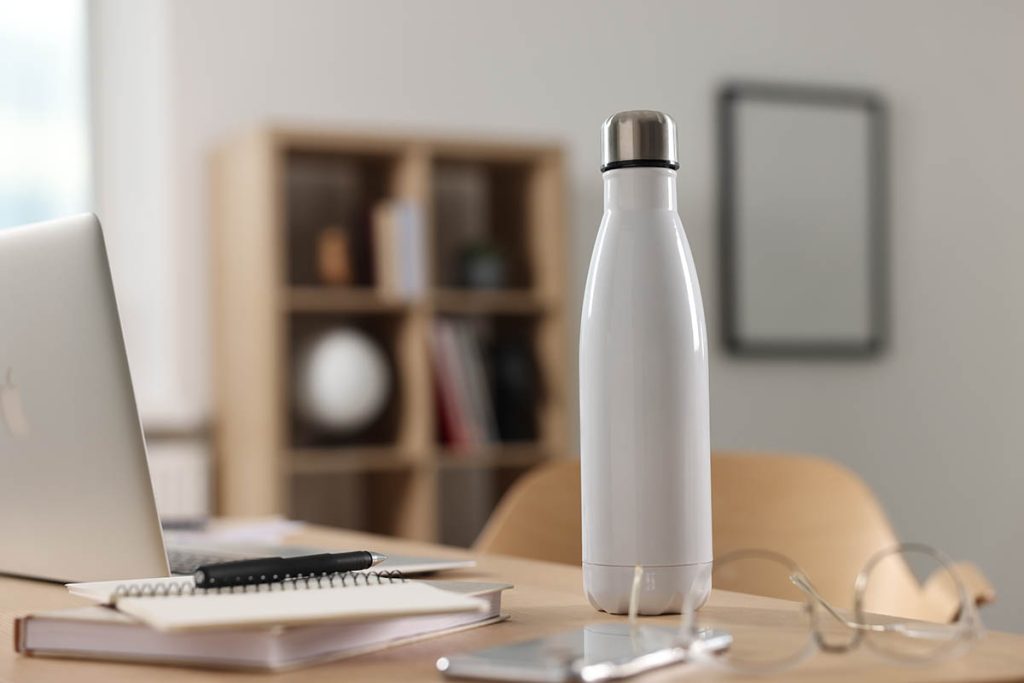
Modifying your environment can play a crucial role in the success of your resolutions. By making positive habits more accessible and negative habits less appealing, you can create an environment conducive to the desired behavioral changes. For example, placing a water bottle on your desk encourages you to drink water, while keeping unhealthy snacks out of sight minimizes their temptation.
This rule underscores the idea that your physical surroundings have a profound influence on your habits, and by intentionally shaping your environment, you can set yourself up for success in cultivating positive behaviors and breaking free from detrimental ones.
4. Consistency

By establishing a daily routine and adhering to a predetermined schedule, you can anchor your non-negotiable habits into your daily life. This principle acknowledges that the results of habit-building may not be immediately apparent, often leading to a plateau that might discourage you. However, the Consistency Rule encourages perseverance, framing these plateaus as a natural part of the transformative process.
Atomic Habits argues that breakthroughs and profound changes occur with continued effort and adherence to a consistent routine, turning habits into integral components of your and fostering resilience in the face of challenges.
5. Two-Minute Rule

Make tasks or habits simple by breaking them into actions that take less than two minutes to complete. The brilliance of this rule is in its simplicity; by starting with a small step that requires minimal effort, resistance is significantly reduced. This approach tackles the psychological barrier that often stops you from starting positive behaviors.
For example, if your goal is to read more, using the “Two-Minute Rule” could mean committing to reading just one page each day. By making it easy to begin, this rule becomes a powerful tool for building habits—making them more accessible and straightforward to adopt, leading to long-term consistency and progress.
A Better Memory Made Easy
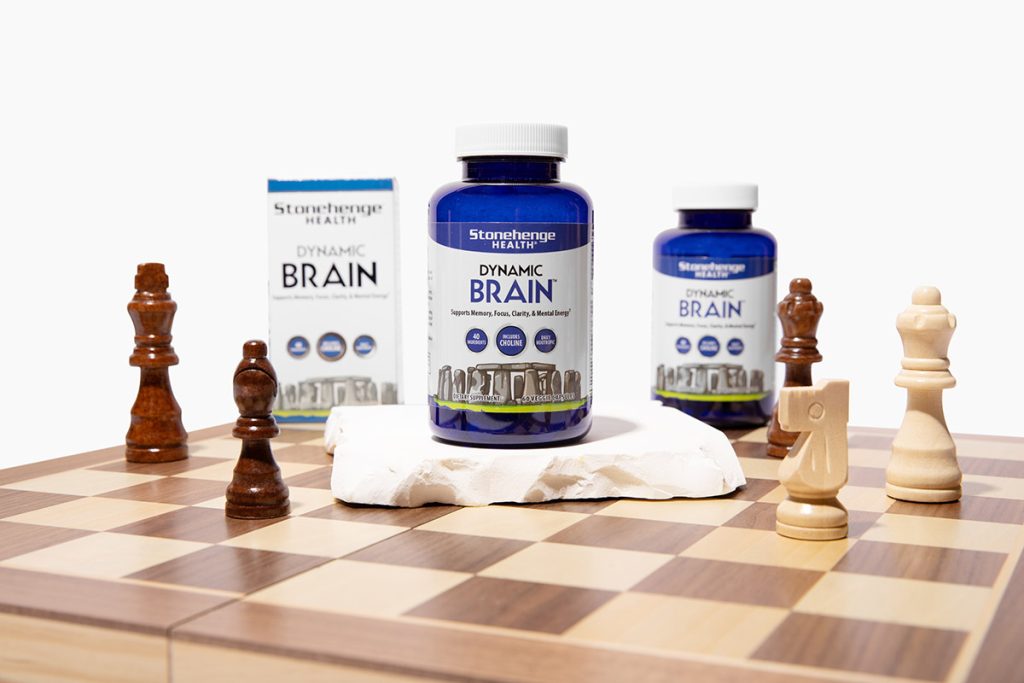
If one of your 2024 goals is to make your memory your superpower…*
Put a bottle of Stonehenge Health’s Dynamic Brain on your nightstand or on your countertop, so it’s visible and easy to take.
Dynamic Brain is a blend of the nutrition your brain needs in one easy-to-take serving with 40 ingredients, including Bacopa Extract, Choline, and Huperzine A, plus essential vitamins and minerals.*
Taking Dynamic Brain daily helps nourish and fuel your thinking, and supports your memory, heightening your ability to stay focused on all of your New Year resolutions.*
* These statements have not been evaluated by the Food and Drug Administration. This product is not intended to diagnose, treat, cure or prevent any disease.
Sources:
1. Atomic Habits by James Clear Amazon.com : atomic habits






